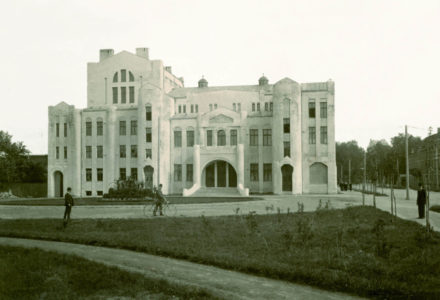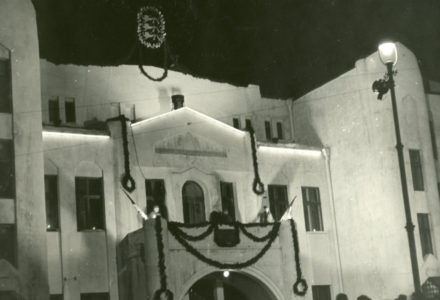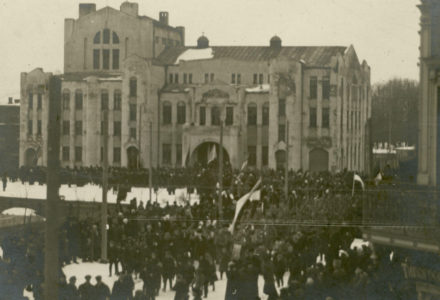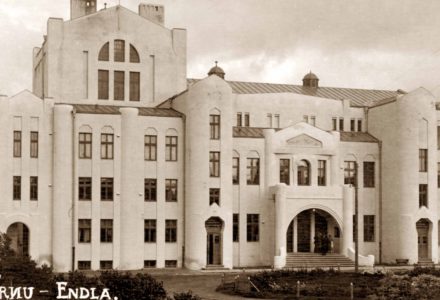Pärnu Hotel is located in the heart of the city by a historical main street on the former location of Endla Theatre. The birth of a nation state began at the current location of Pärnu Hotel on 23 February 1918 at eight, when the manifesto of Estonian independence was first read to the people from the balcony of Endla Theatre, thus declaring a democratic Republic of Estonia.
Today, these historic events are commemorated by the memorial to the declaration of the Republic of Estonia, which is located on Rüütli Square in front of Pärnu Hotel, and the memorial indicating the former location of the historic Endla Theatre, next to the hotel. The memorial to Endla Theatre was opened on 23 February 2008 as part of the celebrations of the 90th anniversary of the Republic of Estonia to commemorate the declaration the republic.
In 1911-1944, the location of the current Pärnu Hotel was home to Endla Theatre, which was blown up by communist powers on 6 March 1961.
The new theatre found a new location and in 1972, a hotel and restaurant were opened in the same place. The authors of the project for the hotel, opened on 6 July 1972, were K. Luts and S. Luik. The hotel that was opened was the only official Intourist hotel during Soviet times. The hotel has operated in the same place for decades, and still offers tourists the best possible location to stay – right in the heart of Pärnu.
By now, the hotel has received a new look inside and out and guests are welcome to stay in 80 fully furnished and comfortable rooms, including premium rooms with postcard-worthy views, and two-room suites on the top floors of the hotel. The location of the hotel in the city centre is excellent – a few-minute walk will take you to the sights, museums and shopping centres.




